After seven days in equatorial Africa I was still acclimating—the hazy air had weight. Ten days earlier I was at home chopping firewood in the snow in New York; now I was walking a dusty road and drained by the sweltering sun. Ted Cooney, Brent Simpson, and I made up a three-man caravan. Ted and Brent had just finished their two-year stints as Peace Corps volunteers in the Republic of Zaire, now known as the Democratic Republic of the Congo, and were more at home in the unrelenting heat. The three of us had spent the last two days in the mission town of Bulape, Zaire, making preparations for the march overland to the Sankuru River, where we would find the pirogue that we’d paddle downriver to the Kasai and Congo rivers.As college roommates in Maine, Ted and I had canoed and camped together and following his Peace Corps posting to the Kasai province of south-central Zaire, we corresponded often by mail. In August 1985, Ted wrote a letter from his mud hut in the town of Demba saying he had ridden his motorcycle “to a village 150 km from here to the north on a big river called the Sankuru. The last 20 km I had to have a guide to show me the way and to help pull and heave the moto over fallen trees on the forest path. The village is Bongongo, about 30 km upriver from Kilendjale, if you can find that on your map. They have the rep of being the best pirogue makers in the area. In short, I put in my request for a large boat and three paddles, delivery to be taken on or about January 20, ’86. The trip downriver is all flat water for approx. 600 miles (three to four weeks max). However, one must bear in mind that the trip will involve the navigation of the confluence of some of the world’s largest rivers—Sankuru and Kasai, Kasai and Zaire. The section spent on the Zaire is but a few days at best….”Ted was recruiting Peace Corps pals to join in and hoped I could make the trip too. So, in February 1986, Brent, Ted, and I were retracing Ted’s route from Bulape to Bongongo.
Join The Conversation
We welcome your comments about this article. To include a photo with your remarks, click Choose File below the Comment box.


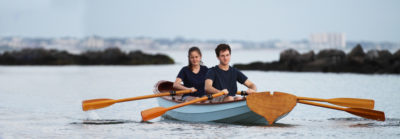



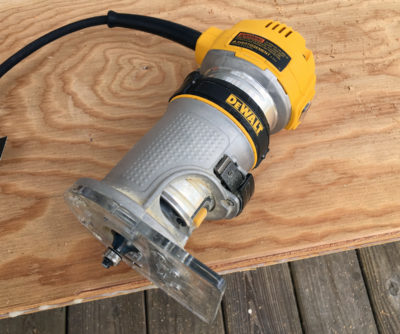
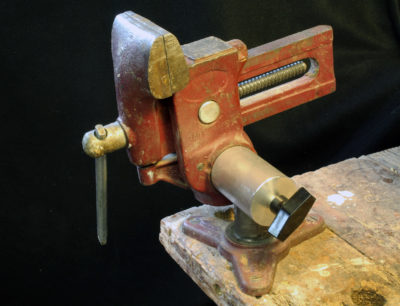
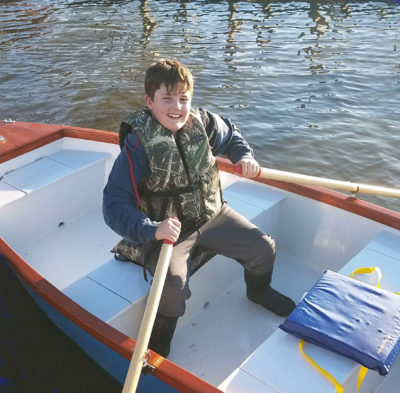

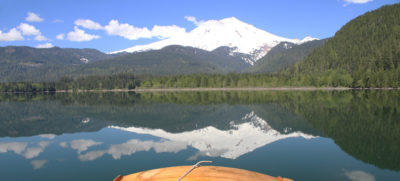
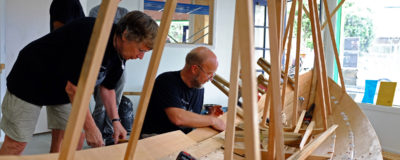
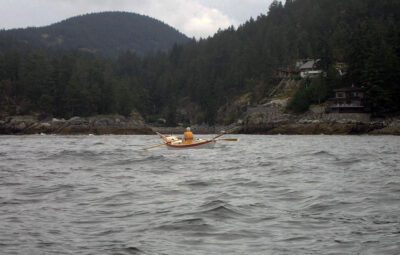
What a great yarn! I recommend as additional reading Mary Kingsley’s Travels in West Africa, written in the late 1890s. She taught herself to paddle a one-person dugout, explored a large area marked as “unknown” on the maps, and thrived on the heat. In fact, she hated the English climate when she had to return. She invariably wore Victorian-era gowns, even in the bush, and identified many new species of fresh water fish. She climbed Mt. Cameroon virtually solo (her porters/guides gave up well before the top), and would enter a strange village with the announcement that “it’s only me.” She was a delightful writer, with a wry, ironic sense of humor. She was a pioneering ethnographer, back in the days when that didn’t exist as a profession.Her brother, Charles Kingsley, was a well known novelist.
If you can find it, I recommend the unabridged version. The condensed version leaves out a lot of very interesting material.
The abridged version of Travels in West Africa is in the public domain and available at Project Gutenberg.
Ed.
David,
It’s great getting to the end of a chapter and finding something new on the “for further reading” list. I have not read Mary Kingsley and will eagerly seek out her books. Thanks for the recommendation. Forbath’s Congo and Alan Moorehead’s White Nile and Blue Nile formed the basis of my understanding of European exploration in central Africa.
What an exciting adventure. It was good to read about the kindness of the villagers – similar to our experiences kayaking the Mississippi. River people are the best. I also loved the African cultural flavor of your adventure! It was great to read about your journey!
Thanks Barb,
It’s good to have friends in far-flung lands and to get the opportunity to explore places and meet people you might otherwise only read about.
Hola Thomas,
I just got this article from a fellow Peace Corps volunteer yesterday. I was just reading the comments from this article. I also climbed Mt. Cameroon shortly after we did the river trip . I froze my pelotas off because I only was wearing a T-shirt and a pair of Zairian work boots. The road is long brother. Somewhere along the line I got a real job working rotating shifts. The river trip got me through many jet-lagged years working the graveyard shift. The river did not break me, the mountains did not either. I must say working rotating shifts did. I could not sleep too well for many years. I am working on a book about my sleep deprived years. You will be the first person I send a copy to when it gets printed. Mr.Ted recommended that I hitch a ride with a bunch of Zairian academics in land rovers going from Kinshassa to Lubumbashi, when I was on vacation the second year in Zaire. I got some tales to tell about that. And The guy who sent me your article tried to jump ship from the Peace Corps to a tannery that a Dutch volunteer started in Kananga because there was no leather then. He was a physical therapist and he needed the leather for braces for the handicapped there. He was so good at it, big game hunters were bringing their pelts to him for tanning. It became an incredibly successful enterprise. I think that I am going to get a subscription to Small Boat Magazine. I took a sailing class during COVID at lake Erie. I am still trying to overcome my fear of water and everything else. Good job on the article, broheme. Tell Ted I said bishi.
LOVED reading this!! I was a Zaire Peace Corps volunteer from 1985-87 – living in Lisala on the Zaire river my first year, then Kikwit my second year. I recommend the film “Downstream to Kinshasa” made by a Congolese director in 2020. . My trips on the river were how I got to post, either coming down from Kisangani, or up from Kinshasa – on the big white ferry. Live in Cambridge now, in case you ever want to paddle on the Charles, let me know!